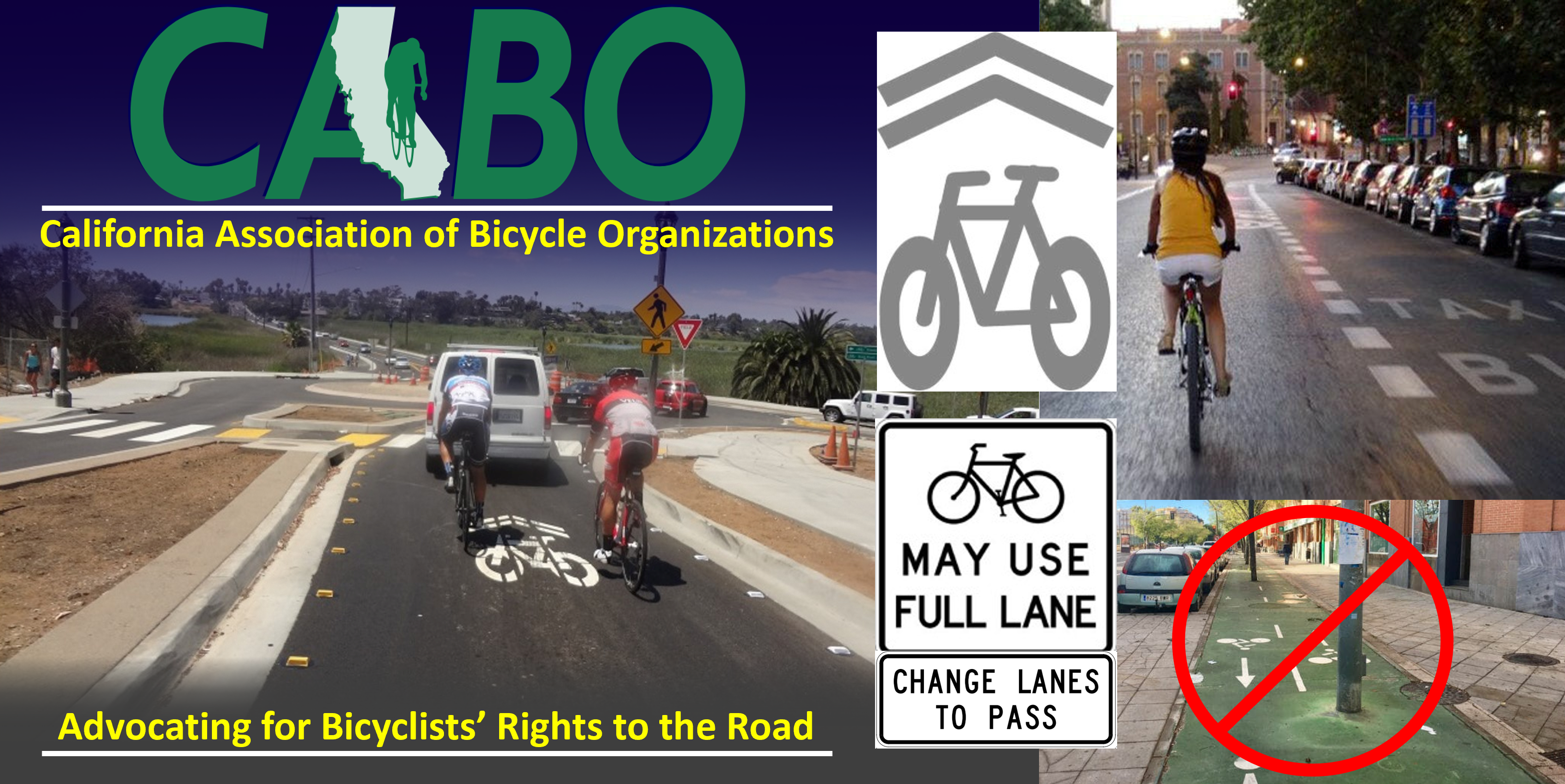Challenging the Hype. Separated Bikeways, while well-intentioned, are too often not optimal for transportation-savvy bicyclists and may inadvertently compromise safety and mobility for all bicyclists.
Separated Bikeways—classified in California as Class IV bikeway facilities, often marketed as “Protected Bike Lanes” (I call them CycleTracks)—are frequently assumed to be the gold standard for bicycle infrastructure. While the intention to accommodate “all ages and abilities” is admirable and important, the over-reliance on these facilities as default solutions undermines the safety, efficiency, and mobility of experienced, transportation-oriented bicyclists.
1. One-Size-Fits-All Design Ignores Rider Progression and Competency
Designing exclusively for the least experienced people risks alienating those who already rely on bicycles for everyday transportation. People learn and improve. New riders often become more confident and skilled over time through training, experience, or a combination of both. Separated Bikeways may offer initial comfort to novices, but they constrain competent cyclists who require greater freedom of movement, visibility, and efficiency. Treating experienced riders as an afterthought limits the usefulness of these bikeways and fails to accommodate the full range of bicycling ability and intent.
2. Limited Operational Space Restricts Safety and Functionality
Unlike standard shared travel lanes and Class II Bicycle Lanes, which allow for flexible positioning and maneuverability, Separated Bikeways typically offer substandard widths, often less than one-third of a general traffic lane. This makes safe social riding (side by side) nearly impossible and impedes overtaking slower or stopped cyclists. In practice, this results in reduced operational efficiency, lower travel speeds, and heightened frustration—all of which discourage cyclists who depend on their bikes as a time-efficient mode of transportation.
3. Barrier Hazards Pose Real Safety Risks
The physical elements intended to separate cars from bikes, such as curbs, bollards, plastic posts, and other vertical barriers, can pose serious crash hazards. Unlike traditional shared travel lanes and Bike Lanes, which offer a clear riding path, Class IV facilities introduce fixed obstacles that can deflect a wheel and cause a fall, especially during avoidance maneuvers or when visibility is compromised. These hazards are not theoretical; crashes involving barrier impacts have led to severe injuries and fatalities.
4. Intersections Are Danger Zones—Not Safe Crossings
The most significant risks to cyclists occur at intersections and driveways. Separated Bikeways often worsen these conditions by creating sightline obstructions and fostering ambiguity about the right-of-way. The design frequently isolates cyclists from the driver’s field of vision and awareness until it is too late, especially at driveways and side streets. Without specific signal phasing, raised crossings, or proactive conflict mitigation, cyclists are at increased risk of right-hook, left-cross, and drive-out collisions. In contrast, competent riders in general travel lanes and Bike Lanes enjoy superior visibility and clearer negotiation with drivers.
Recommendation: Diversify Bicycle Infrastructure to Serve All Riders
A comprehensive transportation system must include a full spectrum of bicycle facilities, not just Separated Bikeways. This includes shared travel lanes, wide shoulders, Class II Bike lanes, and low-speed roadways designed for cooperative use. Designing exclusively for the least experienced user may increase comfort for some, but it should not come at the expense of safety, speed, and flexibility for those who use bicycles as a primary mode of travel.
Infrastructure should evolve with its users. Let’s create a system that welcomes new cyclists and respects the needs of those who are already riding—and riding well.
